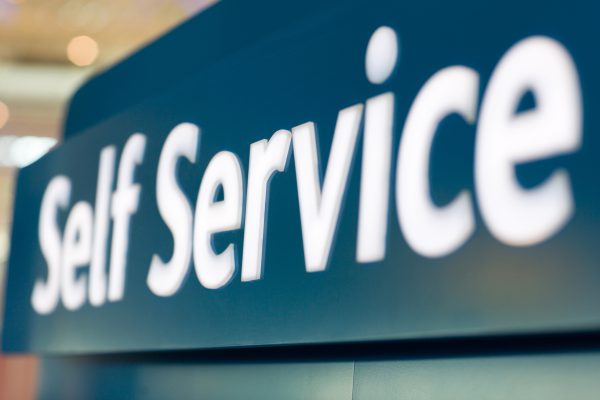Each investment in new technologies is uncertain. We do not know whether this innovative solution will work in our business but it costs money. Let us take a look at whether SCO (Self-Checkout) are nowadays a support for retail trade or an unnecessary expense?
What happened and what to do?
One day, information about a dangerous and rapidly spreading virus appeared in the media. In a short time the virus reached Poland. This situation forced retailers to adapt efficiently to new customer expectations. Today, the customer expects from the shop the availability of goods, an efficient supply chain and, most importantly, compliance with safety standards.
Retail shops try to satisfy customers by ensuring availability of goods and compliance with sanitary regulations. Customers who are uncertain about tomorrow buy less and try to keep visits to the shop to a minimum. The customer’s shopping experience has changed significantly in just a few months. Despite the efforts, the retail industry is noticing an economic slowdown.
Retailers are wondering: will retail ever recover? It will, but on different terms.

What always happens when there is a downturn has happened. Retailers are fighting for the market. Which one will survive? According to Darwin’s universal theory – not the strongest, but the one that can adapt. Adapt to the new economy and new customer requirements.
Multichannel !
Shops that have already introduced or tested a multi-channel approach are in a good position. Shops which, in addition to stationary shopping, also offer online shopping with home delivery or collection of a ready-made order in a stationary shop, have recently noticed an increase in the number of customers. The owners of these shops know very well how important it is to react quickly to changes, to be alert and open to changes in the economy. Applause.
Fortunately, a recent study by Mood Media offers some optimism. The September 2020 Shopper Sentiments study surveyed 8,000 shoppers. As many as 80% of respondents are satisfied with the health safety measures introduced by shops, more than half hope to return to their shopping habits (without rationing shop visits) by summer 2021 and as many as 67% have already returned to shopping in smaller shops.
It is important to remember that customers who return to shops after a pandemic will have different expectations than customers before a pandemic. As I mentioned above – you have to adapt in order to be successful. On the one hand, the new customer will certainly be more willing to use the online shop, on the other hand, he will want to return to his everyday, stationary shopping, where he decides which cabbage he wants to pay for, what to pack it in, when he wants to buy it, and so on. I think we now particularly miss the freedom of choice already mentioned in my articles – I wrote about it here. Yes, I think the whole world will want a return to the normality which provides freedom.
And yet – self-checkouts support the trade. Self-service is gaining momentum.
Retailers are wondering how the pandemic’s changed customer mindset will affect stationary shopping. And this is where self-service technology comes to the rescue. Self-checkouts are the shop’s answer to providing a quality customer experience – but safely.
In the near future, enriched with the knowledge of the importance of hygiene in the purchasing process, customers will try to limit contact with other people, aware that most viruses are transmitted by droplets. On the other hand, SCOs provide the customer with the comfort of choice, and this is important for the customer as evidenced by the thriving development of self-service technology before the pandemic.
Another popular solution is self-scanning technology. Customers like to be mobile and independent. With an app installed on the customer’s own smartphone or on a mobile scanner in the shop, the customer scans the goods and pays for them himself. This app can be equipped with various extras, e.g. a help or advice button, a product information window when passing by, etc. Purchases made in this way are fast, convenient and safe.
It is predicted that the future of stationary shops will ultimately lie in so-called showrooms with a limited range of products. In Europe, self-service kiosks already function, allowing the customer to order goods online after seeing them in real life (endless aisle kiosk). This solution provides the customer with constant access to goods and at the same time allows the customer to see the quality of goods or simply their appearance in real life. After ordering and paying, the customer can order delivery by courier or collect the goods in the showroom. Already today, we can see how shopping in stationary points of sale and online shops intertwine.
Keep it up.
Self-service technology could contribute to retailers’ success in the coming months. Self-service checkouts certainly support retail. Chains or shopkeepers who recognise the need for multichannel business and the need to meet new customer needs in terms of the shopping experience are likely to gain a strong foothold in the retail market. The pandemic will one day be just a memory, but it will certainly leave its mark on the economy and our mentality for a long time.


Leave a Reply